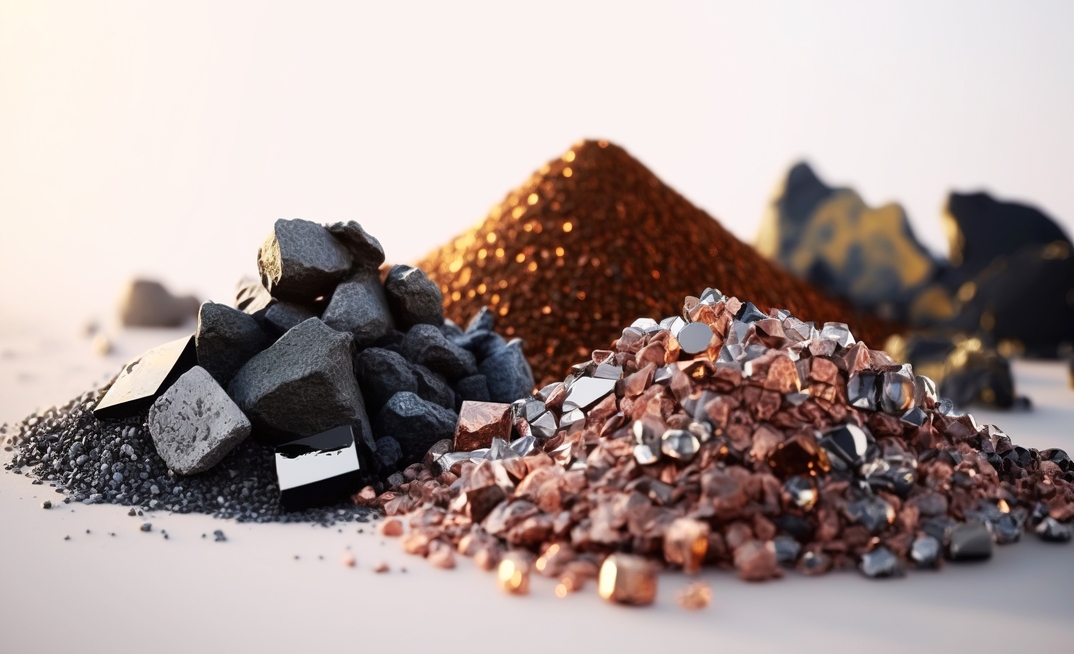Exports were just 7,000, a decrease of 8% compared with the previous year, EuroStat revealed this week as the EU marks Raw Materials Week, although the value of exports did rise.
The value of imports surged to €146 million ($158 million), marking a 37% rise compared with 2021, while exports reached €142 million, representing a 2% increase over the previous year.
In addition, the vast majority of the REEs were sourced from China, Malaysia and Russia.
The average price for imports was €7.9 per kilogram, marking a 26% increase compared with 2021, while the price of the exports was €20.7 for each kilogram of rare earth elements, an increase of 11%.
China dominated the share of EU rare earth element imports, accounting for 40% of the total weight of imports, or 7,400t. It was followed by Malaysia, contributing 31% of imports, or 5,600t, and Russia, with 25% of the imports, or 4,500t. The United States and Japan each held a 2% share in EU imports of rare earth elements.
The EU this week approved plans for the Critical Raw Materials Act (CRMA), which sets ambitious targets to redress the issue.
The CRMA targets include extracting 10% of the EU's annual consumption of strategic raw materials, processing 40% of the EU's annual consumption of strategic raw materials, and recycling 25% of the EU's annual consumption of strategic raw materials by 2030.
Industry players experts Mining Magazine that the REE import figures aren't surprising, and that the EU has a long way to go in redressing the balance.
"There is no way that the EU or the United States can ever regain from China the dominant position in rare earth mining, processing, and product fabrication they held together in the late twentieth century" said Jack Lifton, executive chairman of the Critical Minerals Institute.
"It is too late to catch up. Niche self sufficiency, perhaps for the US military is possible, but total sufficiency for the civilian markets is not," said Lifton, who is known for having coined the ‘technology metals' phrase.
Swedish state-owned mining company LKAB said in January it had identified more than 1 million tonnes of rare earth oxides in the Kiruna area in the far north of the country, the largest known such deposit in Europe. But years, or even potentially decades, of further permitting, exploration and development will likely be needed before it can be brought to market.























